Wabi sabi interior design celebrates the beauty found in imperfection, simplicity, and the natural cycle of life. Rooted in Japanese philosophy, it embraces humble materials, muted tones, and handcrafted objects to create spaces that feel authentic and serene. Rather than striving for flawless perfection, wabi sabi interiors highlight the marks of time—cracks, patina, and weathered textures—to evoke warmth and a sense of history. By combining minimalist layouts with organic elements like raw wood, stone, and unglazed ceramics, this style fosters mindfulness and a deeper connection to the environment. The following 20 ideas illustrate how to infuse your home with wabi sabi’s timeless elegance.
1. Embrace Imperfection
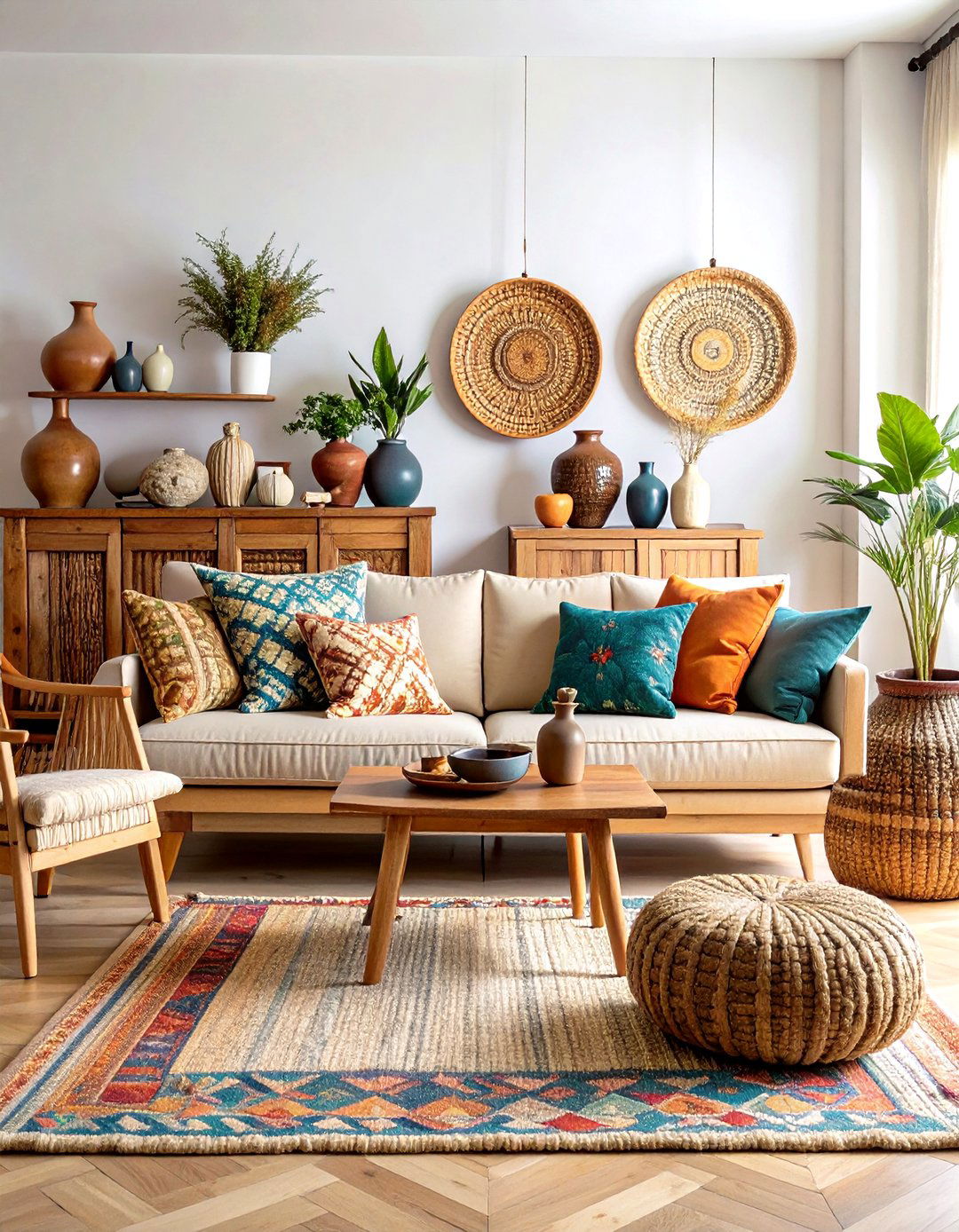
Choose furniture and decor that showcase natural flaws—knots in wood, uneven surfaces, or handmade pottery with slight asymmetry. These elements tell a story of craftsmanship and time, making each piece unique. Instead of hiding cracks or chips, celebrate them as marks of character, allowing imperfections to become focal points rather than flaws to conceal. This approach fosters a deeper appreciation for the materials’ inherent qualities and the artisan’s hand behind each object.
2. Use Natural Materials
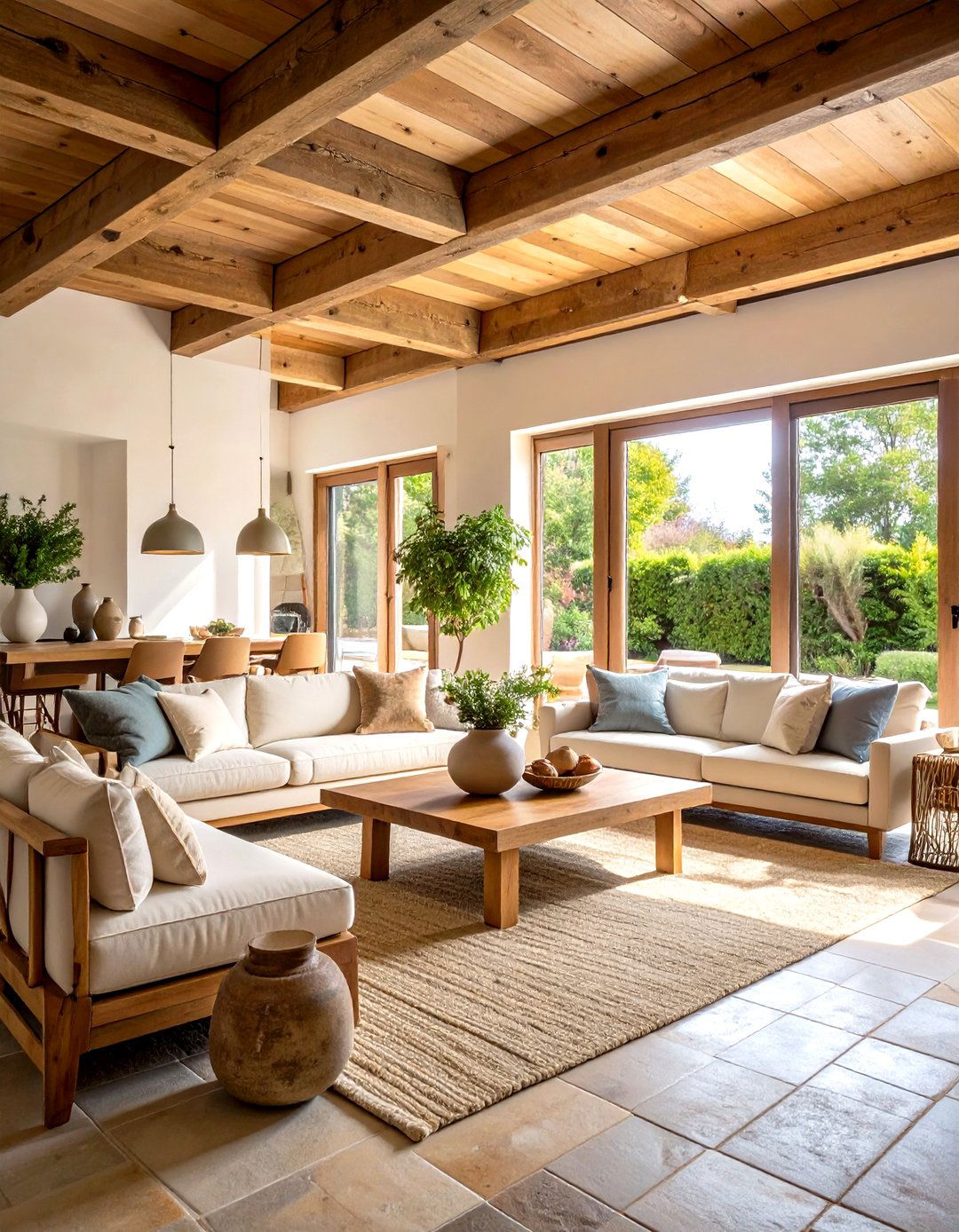
Incorporate wood, stone, clay, and linen throughout your space in their raw or minimally processed forms. Exposed wooden beams, stone tile floors, and unglazed ceramic vases all add tactile warmth. Selecting materials in their original state highlights their textures and color variations, reinforcing the wabi sabi ethos of organic beauty and authenticity.
3. Opt for a Neutral Color Palette
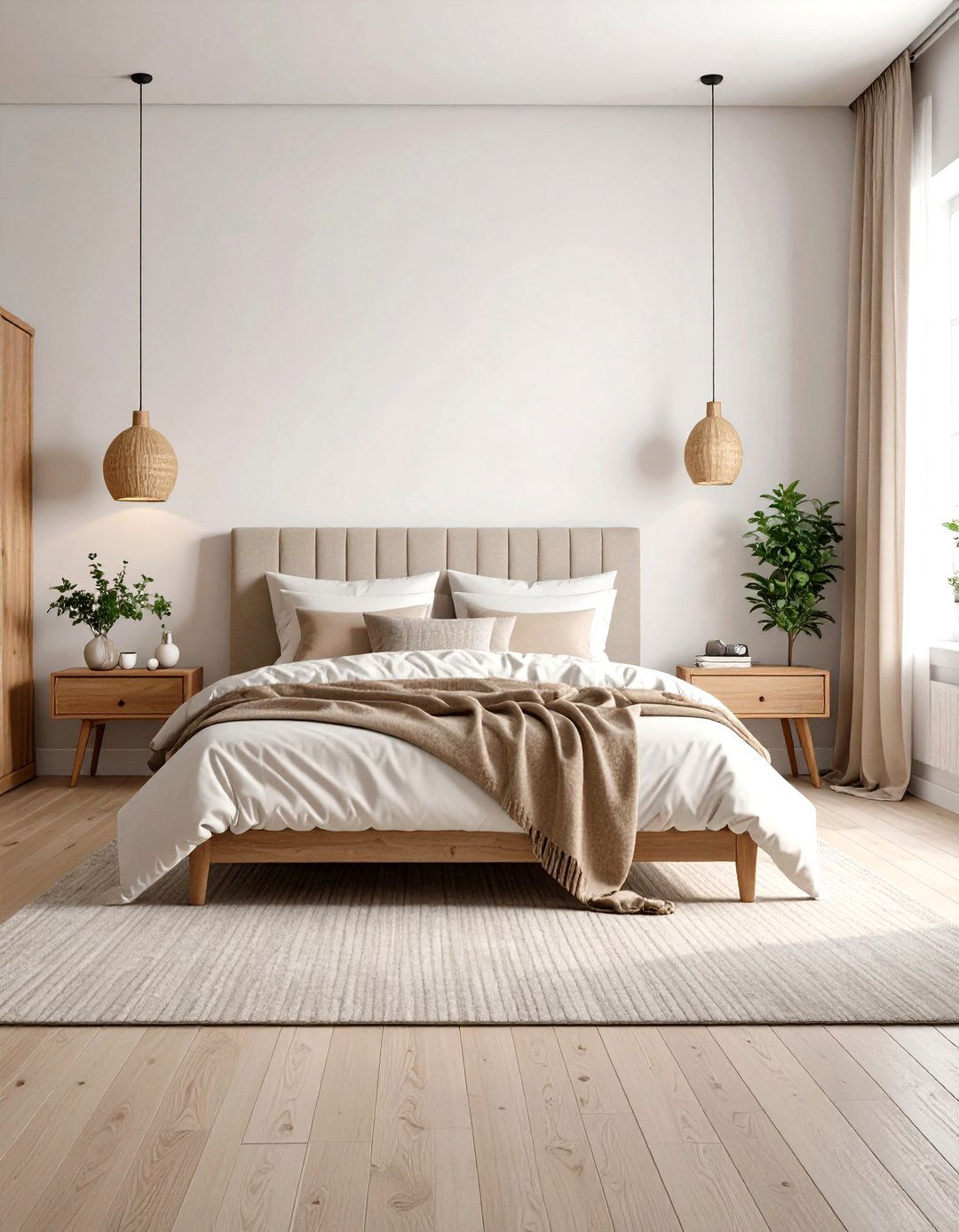
Ground your design in muted earth tones—beige, taupe, gray, and soft whites—to create a calm backdrop. These colors let natural materials shine while fostering an atmosphere of tranquility. Subdued hues also age gracefully, subtly darkening or fading over time to reveal deeper character.
4. Incorporate Vintage and Handmade Pieces

Blend in antiques or artisanal objects sourced from flea markets or local craftspeople. Whether it’s a handwoven basket, a weathered leather chair, or a reclaimed wood side table, these items infuse your home with history and personality, aligning with wabi sabi’s reverence for the past.
5. Highlight Textured Surfaces

Use materials like limewash plaster, rough-hewn timber, or hand-troweled concrete for walls and floors. Textured finishes catch light in nuanced ways, adding visual depth and inviting tactile engagement. This subtle interplay of light, shadow, and surface irregularities enriches the sensory experience of the room.
6. Choose Minimalist Furniture
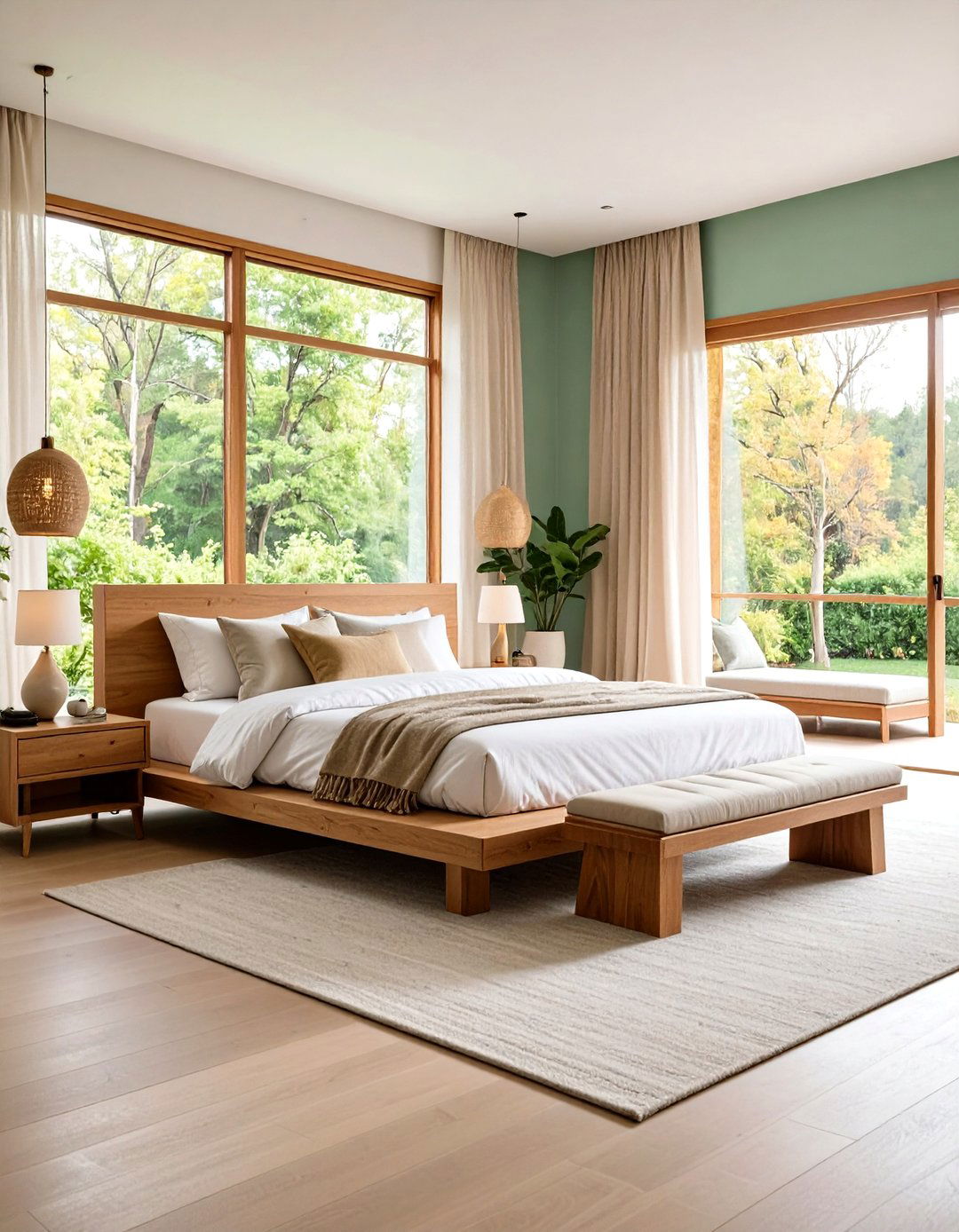
Select pieces with simple, clean lines devoid of excessive ornamentation. Low-to-the-ground tables, streamlined benches, and platform beds maintain openness and flow. Minimalist furnishings support the wabi sabi principle of “less is more,” allowing each object’s materiality to stand out.
7. Embrace Organic Shapes
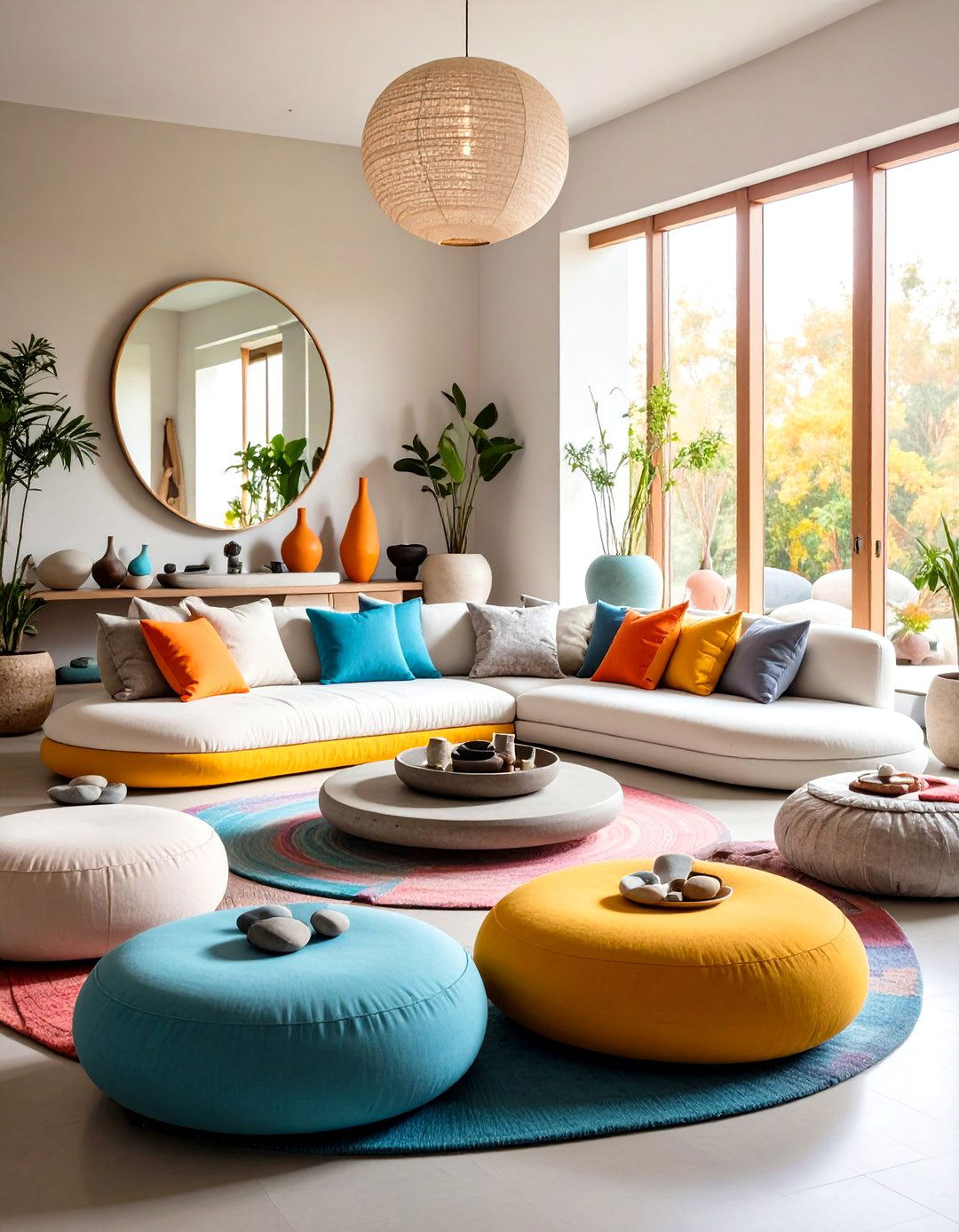
Favor furniture and decor with irregular, fluid forms—oval mirrors, pebble-like cushions, or freeform pottery. These soft contours contrast stark geometry and echo nature’s unstructured beauty, reinforcing the organic ethos of wabi sabi interiors.
8. Bring the Outdoors In
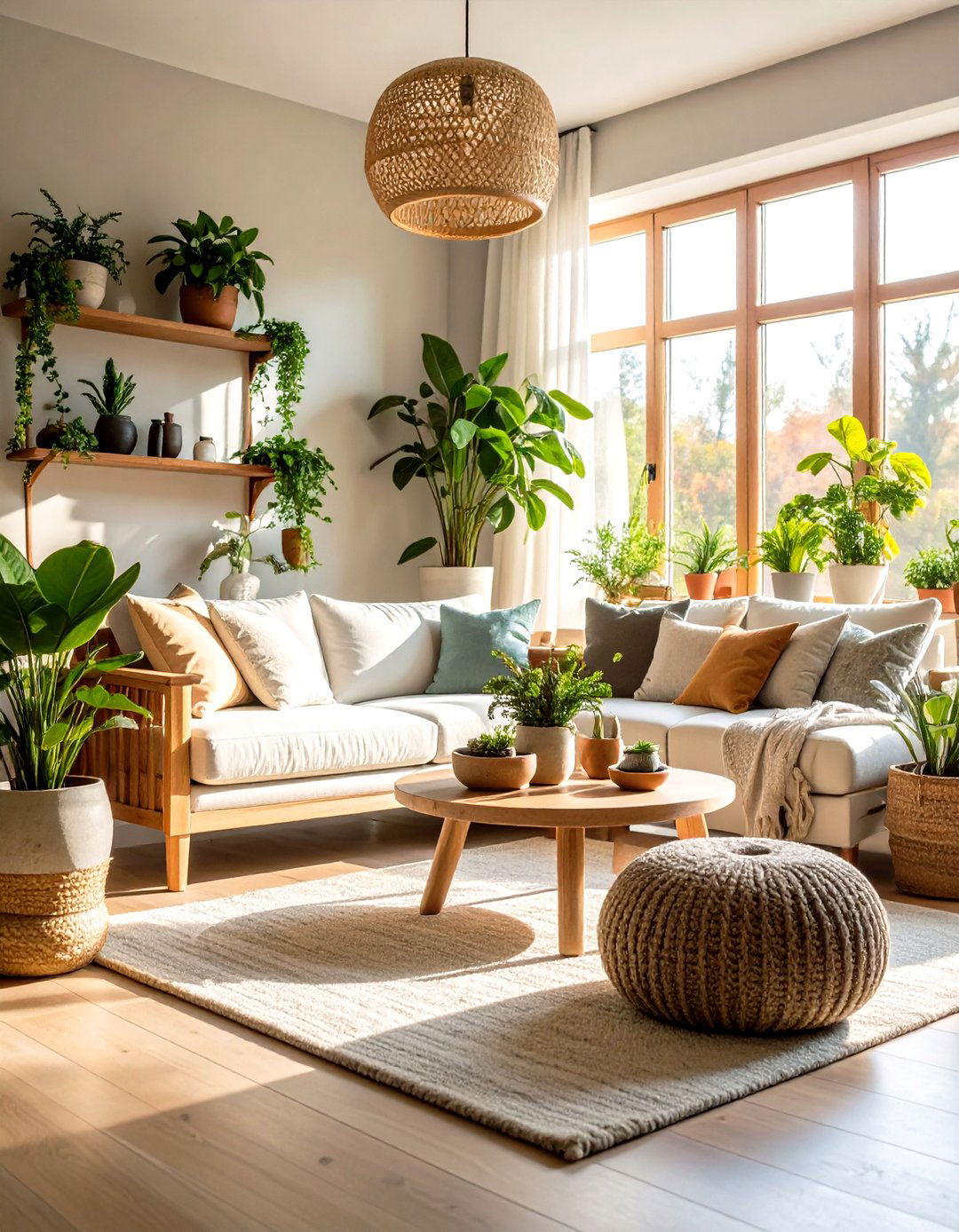
Integrate plants, branches, or simple bonsai arrangements to connect your space with nature. Mossy stones in shallow trays or driftwood sculptures further blur the line between indoor and outdoor, cultivating a living, breathing environment.
9. Feature Raw Wood Elements
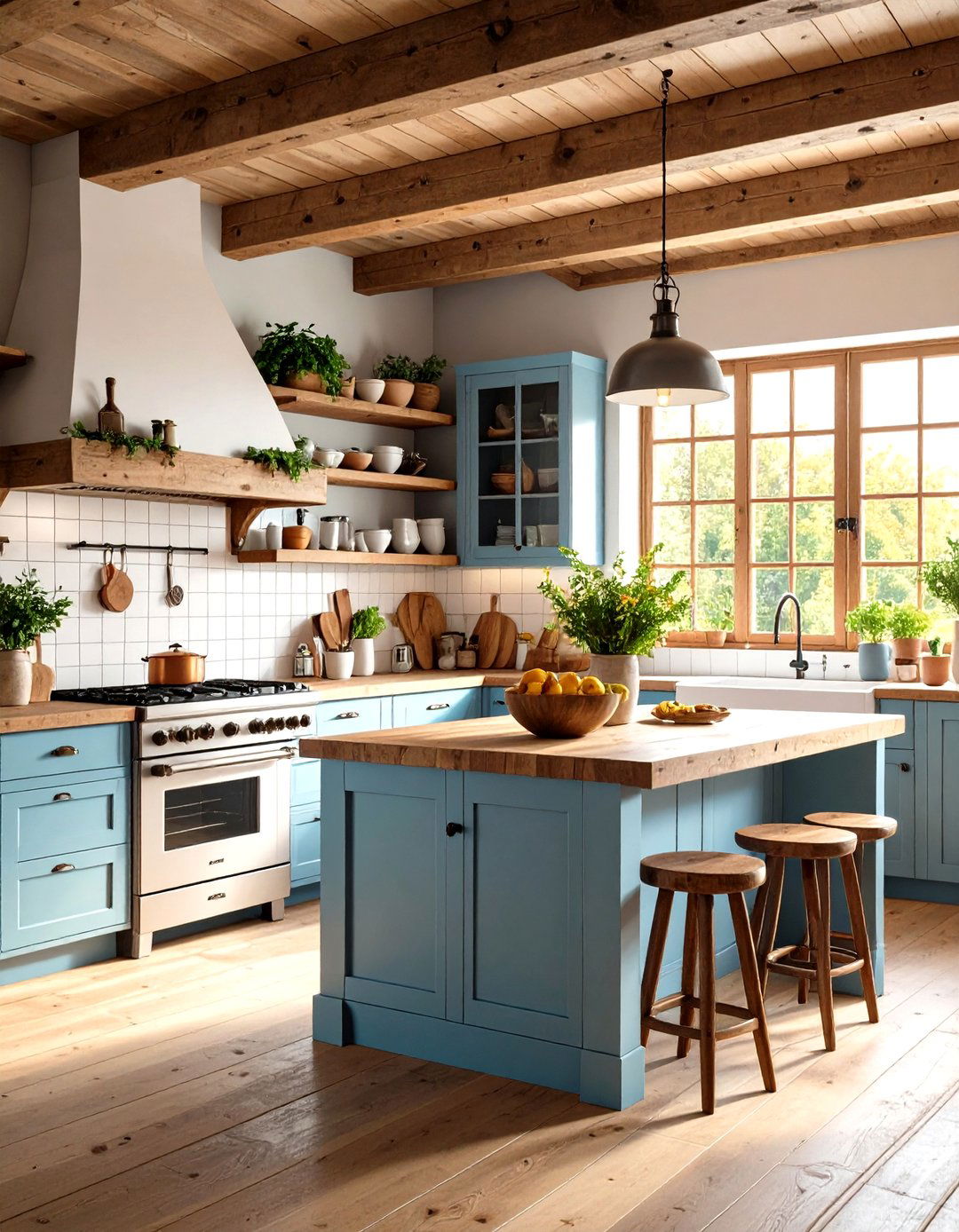
Leave wood beams, shelving, and furniture unvarnished or lightly oiled to reveal grain and imperfections. Over time, the wood will age gracefully, developing a richer patina that enhances the space’s authenticity and warmth.
10. Integrate Stone Accents

Use river rocks, slate slabs, or rough-cut stone tiles as focal points—around fireplaces, in bathrooms, or on accent walls. The irregular surfaces and natural veining lend character and a sense of permanence to the design.
11. Select Subtle Lighting

Opt for paper lanterns, rice paper shades, or exposed filament bulbs to cast a soft, warm glow. Avoid harsh, directional lighting; instead, use dimmers, candles, or low-wattage fixtures to create intimate, meditative atmospheres.
12. Showcase Patina and Aging

Deliberately incorporate metal items—copper pots, iron hardware—with natural oxidation. Rather than polishing these to a shine, allow verdigris or rust to develop, celebrating the passage of time and the evolving beauty of materials.
13. Maintain an Open Floor Plan
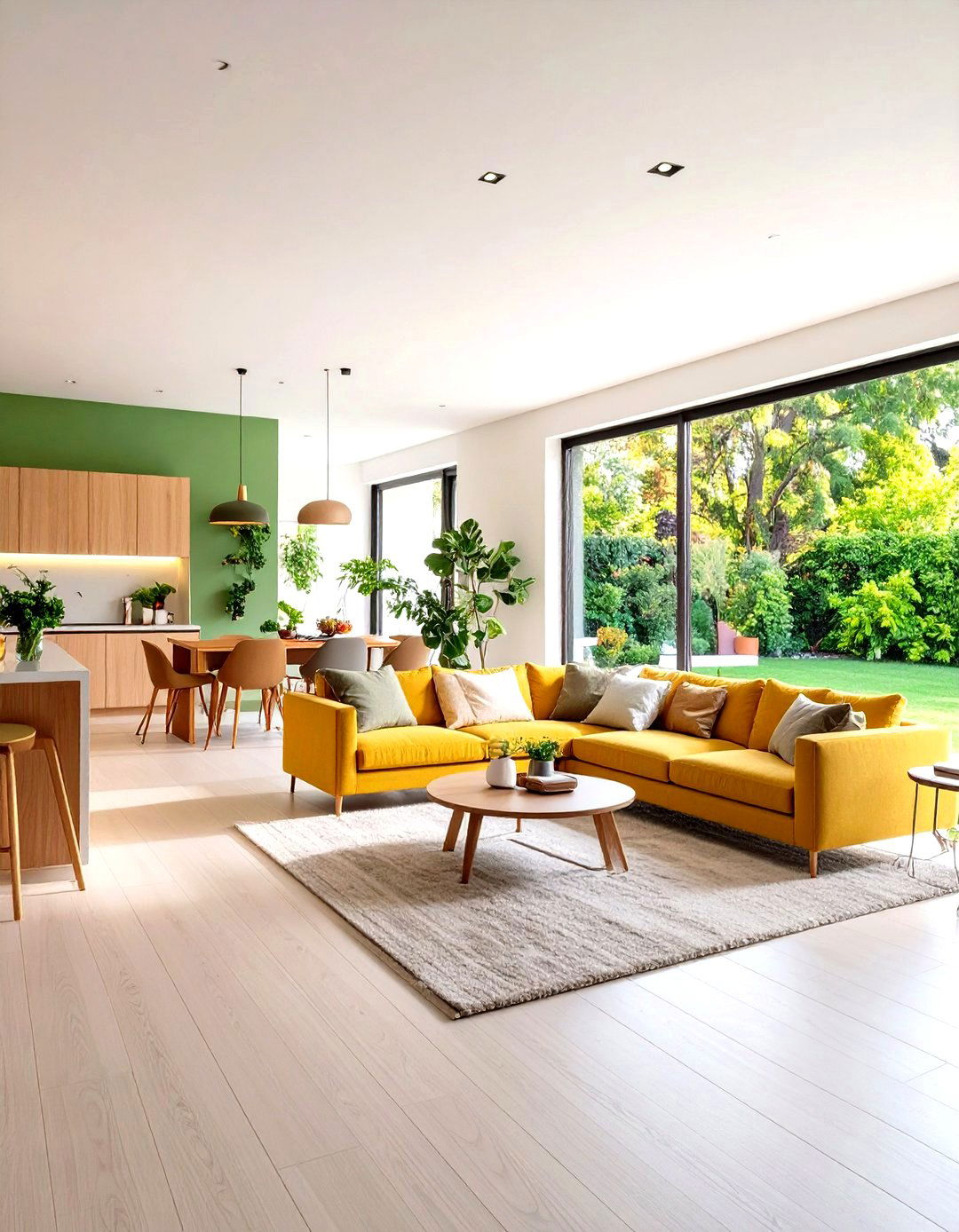
Where possible, remove unnecessary walls or bulky furniture to encourage free movement and sightlines. Wabi sabi thrives in uncluttered, spacious environments where light and air can circulate, enhancing the sense of calm and simplicity.
14. Practice Intentional Minimal Decor

Limit decorative items to a few meaningful pieces—perhaps a solitary branch in a vase, a single piece of art, or a stack of well-worn books. This restraint ensures each element contributes purposefully to the overall harmony of the room.
15. Layer Earthy Textiles
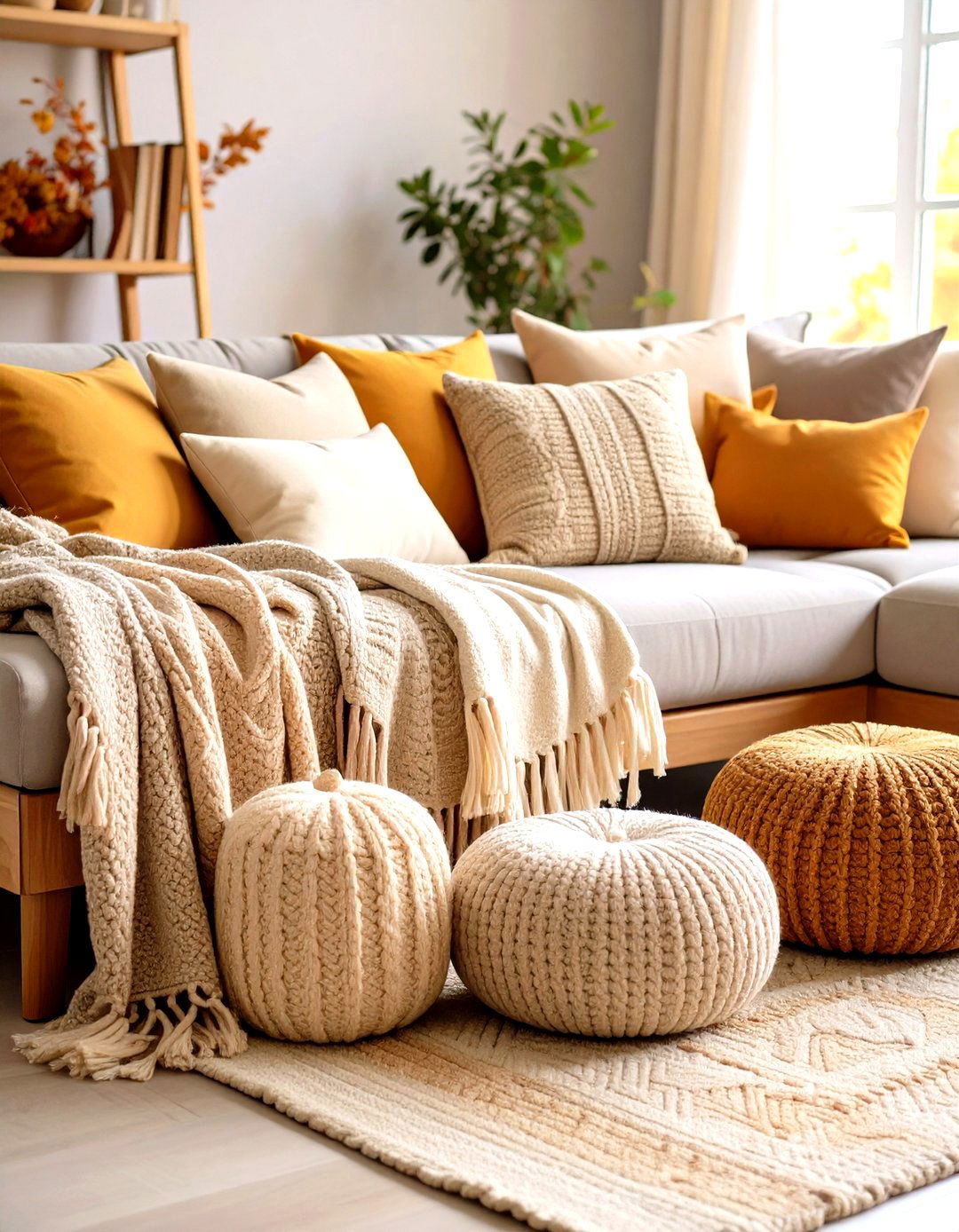
Drape linen throws, cotton rugs, and wool cushions in natural hues to soften spaces and add tactile contrast. Handwoven or slubby fabrics support wabi sabi’s handcrafted focus and invite cozy, grounded living.
16. Incorporate Kintsugi-Inspired Decor

Display pottery repaired with gold or bronze lacquer to honor its breakage and restoration. Kintsugi transforms damage into beauty, embodying wabi sabi’s celebration of imperfection and resilience.
17. Use Monochrome Layers

Within your neutral palette, layer varying shades of one hue—different grays, creams, or taupes—to create subtle depth and interest without visual clutter. Monochromatic layers establish cohesion and understated elegance.
18. Embrace Unfinished Finishes
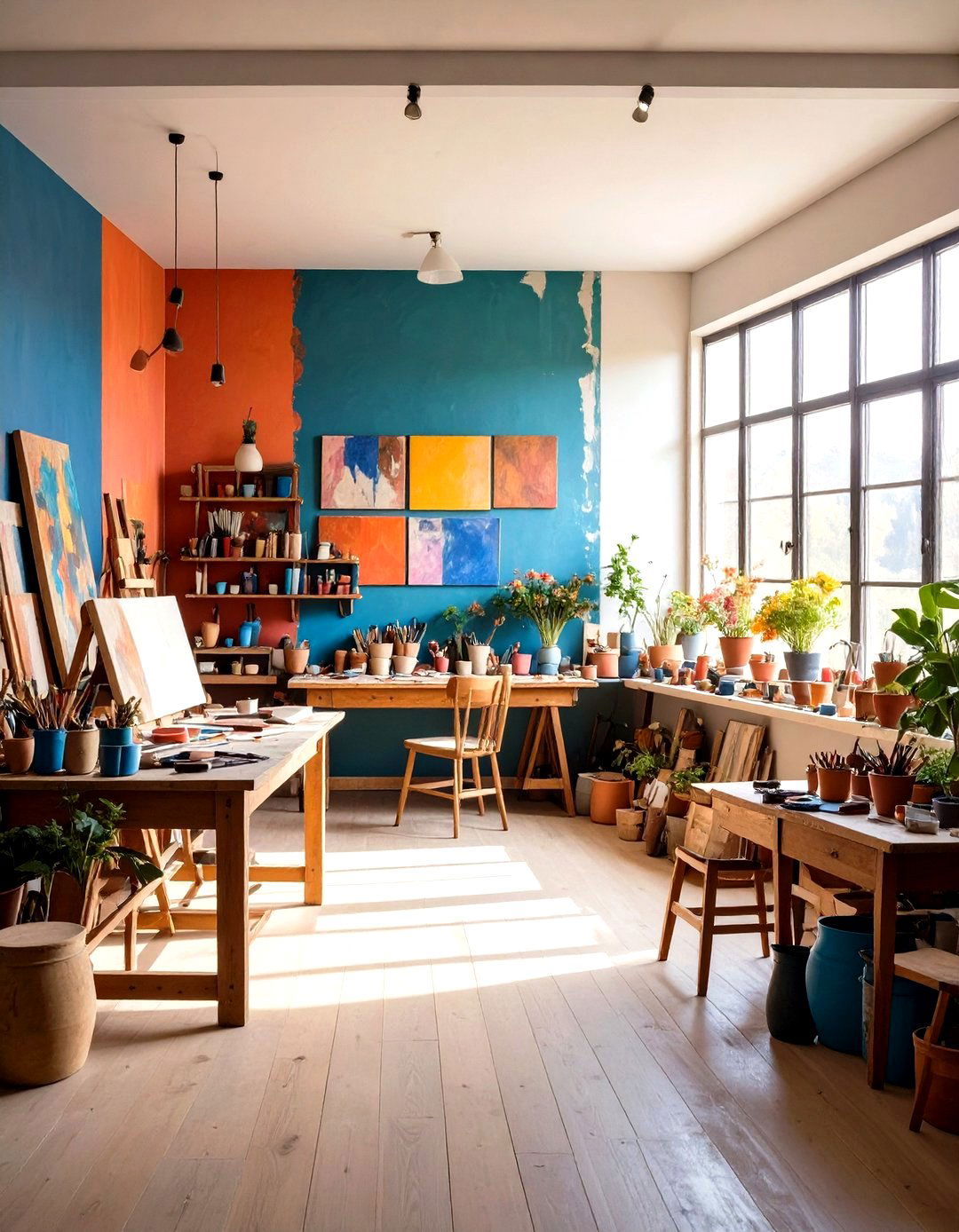
Allow plaster walls to remain slightly rough or paint to be hand-rolled for soft, uneven coverage. These nuances impart warmth and human touch, countering the cold precision of modern construction.
19. Display Simple Ceramicware

Choose bowls, plates, and vases in unglazed or matte glazes with organic shapes. Arranged sparingly on open shelving or tables, these functional objects double as art, reflecting wabi sabi’s unity of form and function.
20. Personalize with Imperfections
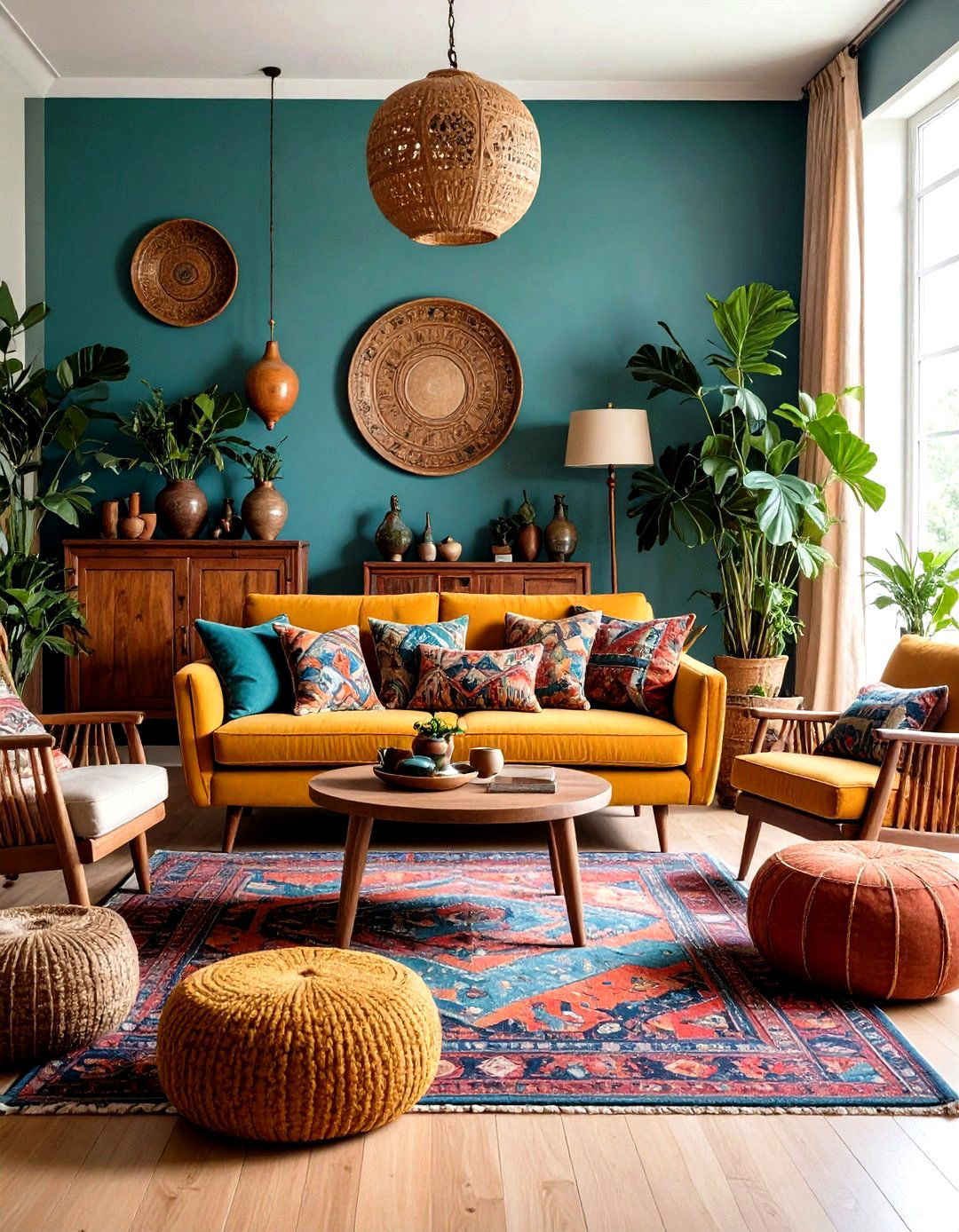
Incorporate family heirlooms, travel souvenirs, or well-loved textiles that bear the marks of use. These personal artifacts add emotional depth, reminding inhabitants that beauty often resides in the imperfect and the intimate.
Conclusion:
Wabi sabi interior design invites you to slow down, appreciate the imperfect, and find solace in simplicity. By embracing natural materials, muted palettes, and handcrafted objects, you create spaces that feel both timeless and deeply personal. Imperfections—be they knots in wood, patina on metal, or the uneven edge of pottery—become narratives of authenticity rather than flaws to conceal. Through these 20 ideas, you can cultivate a home that honors the passage of time, fosters mindfulness, and celebrates the serene elegance of the imperfect.


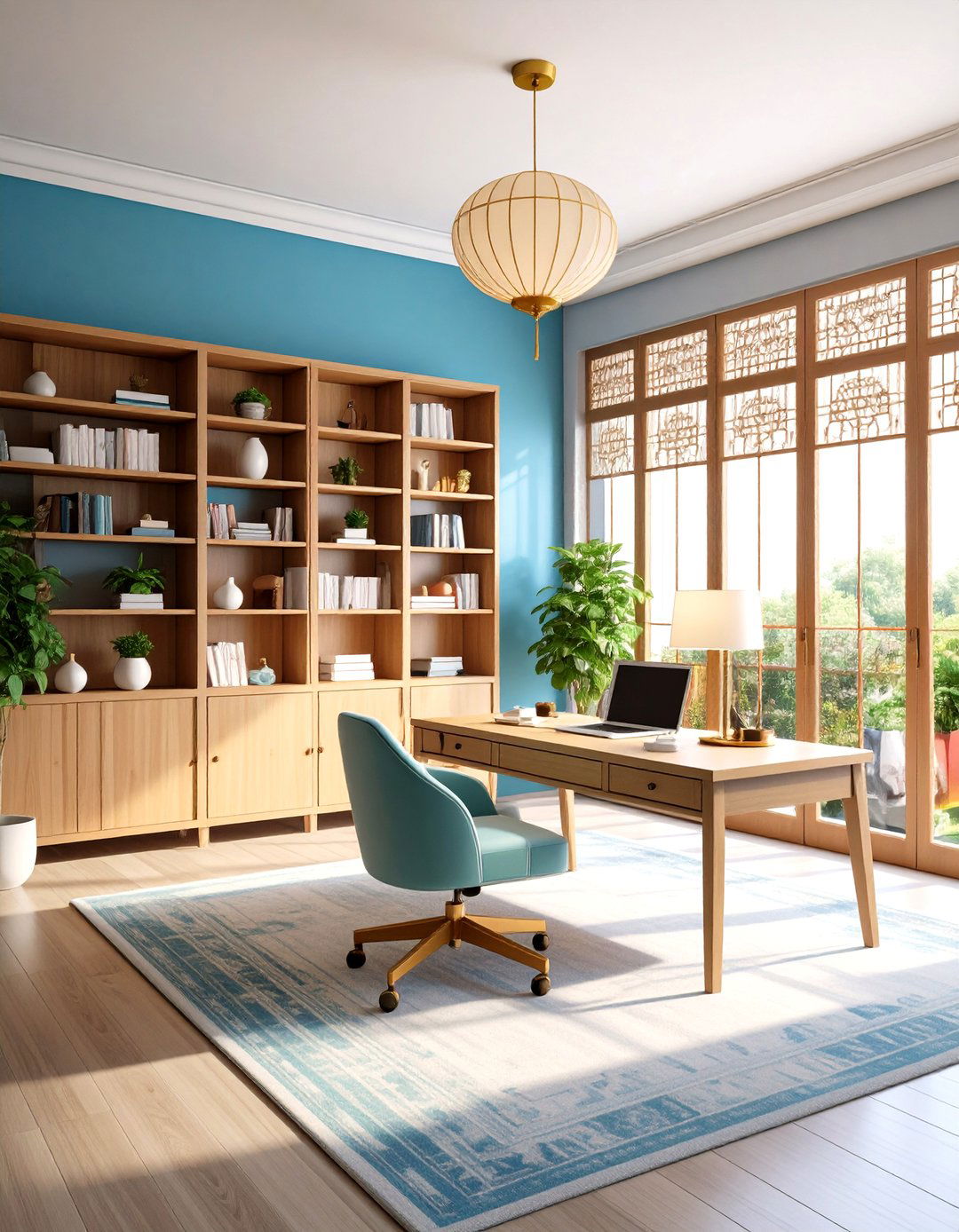

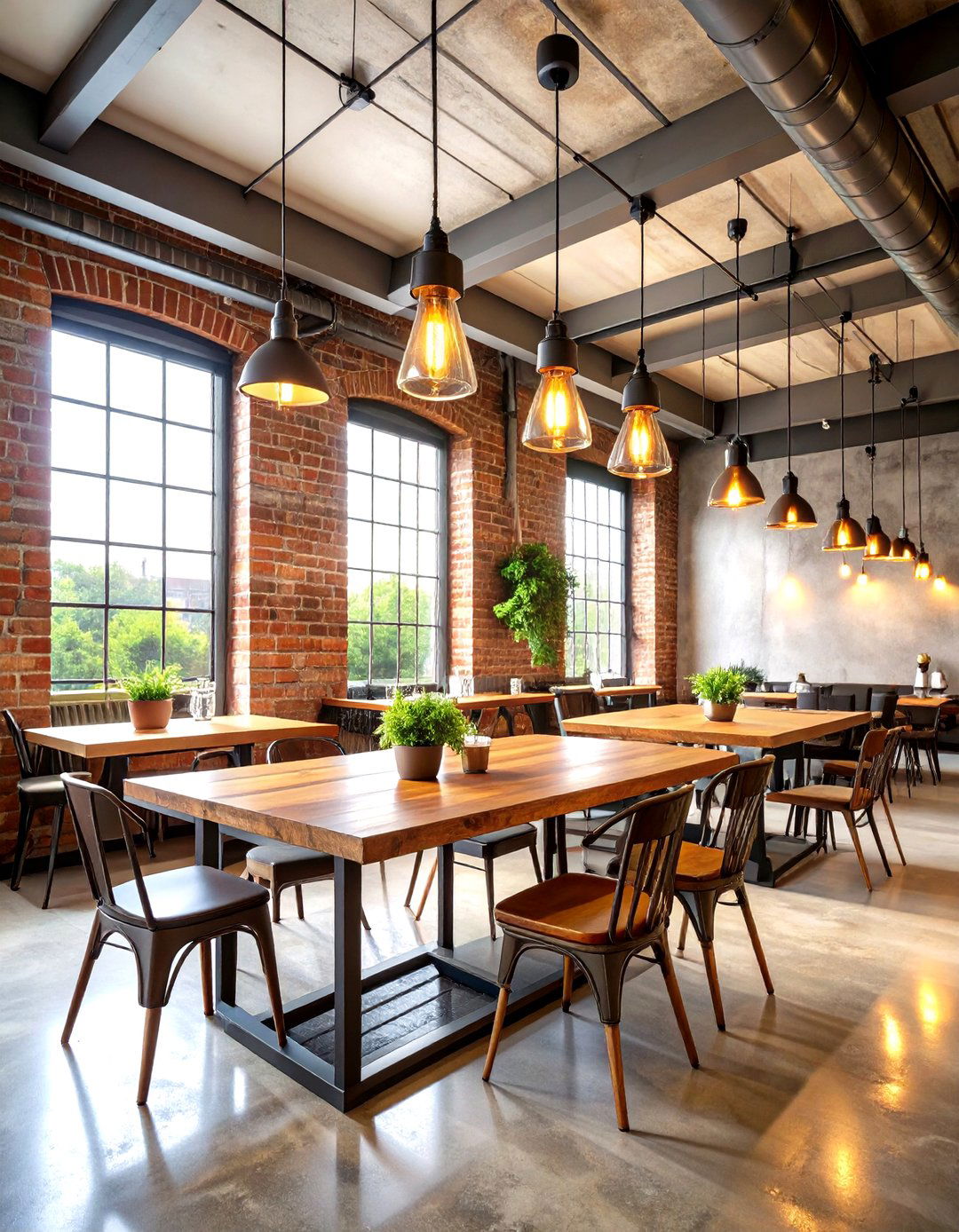
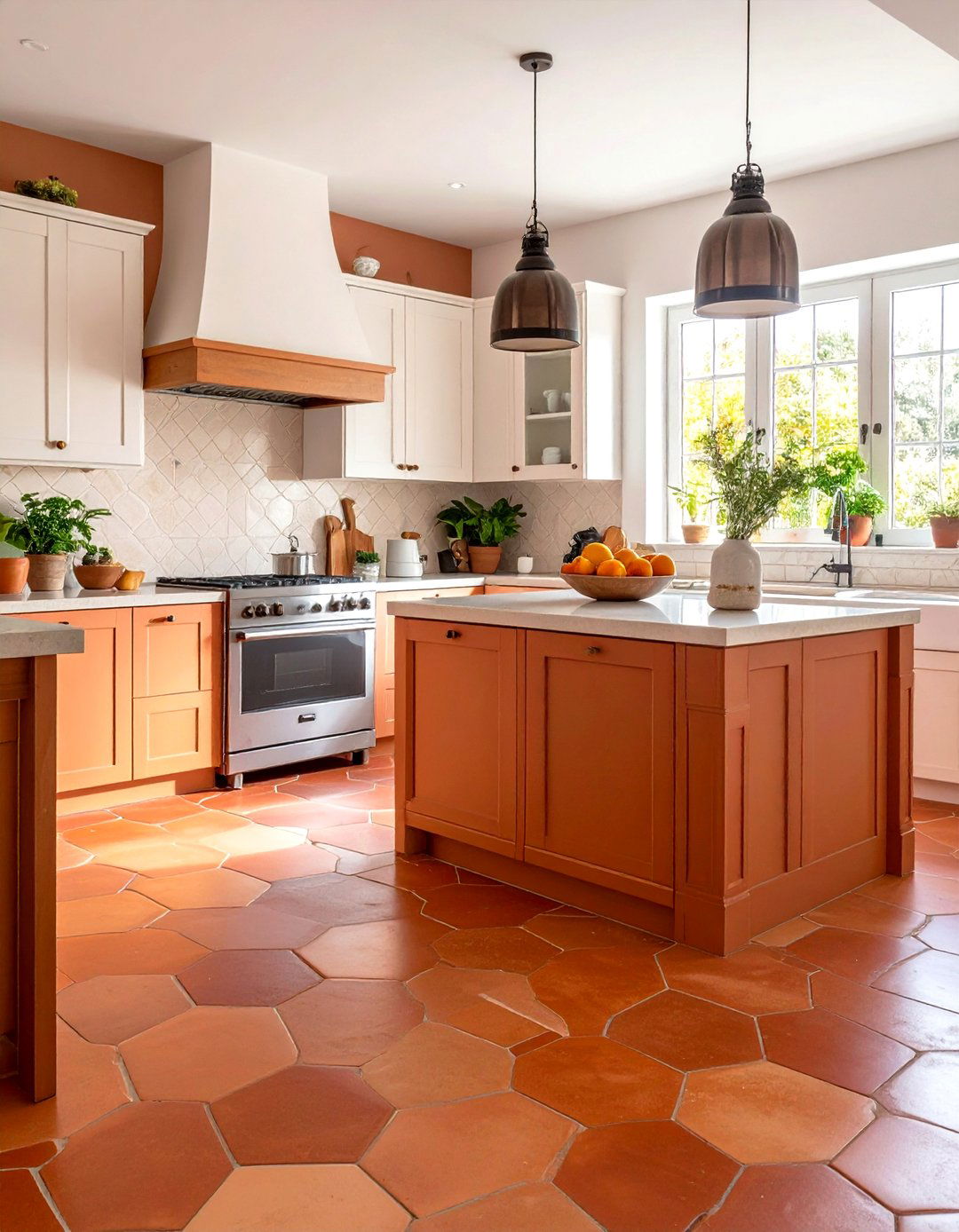
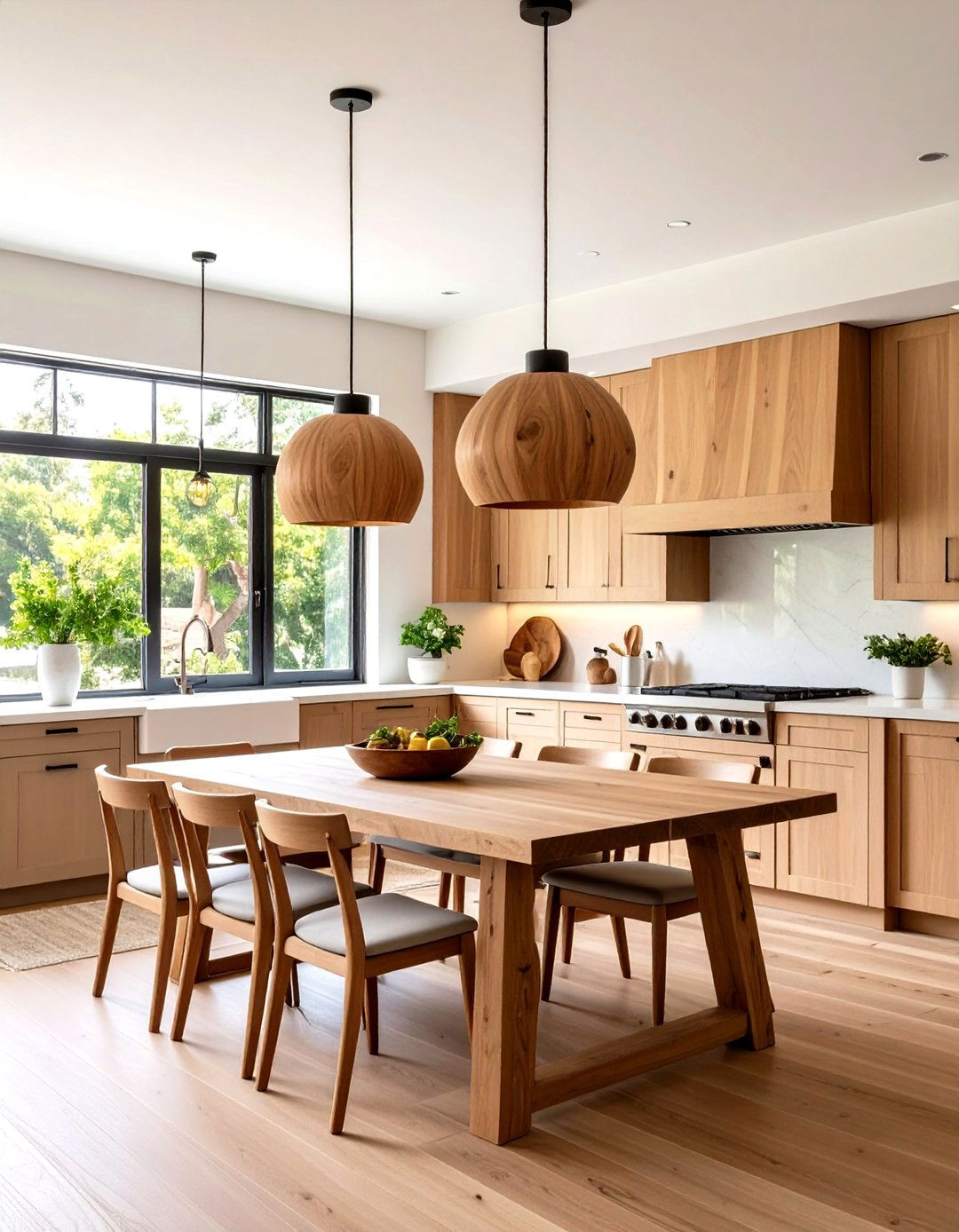
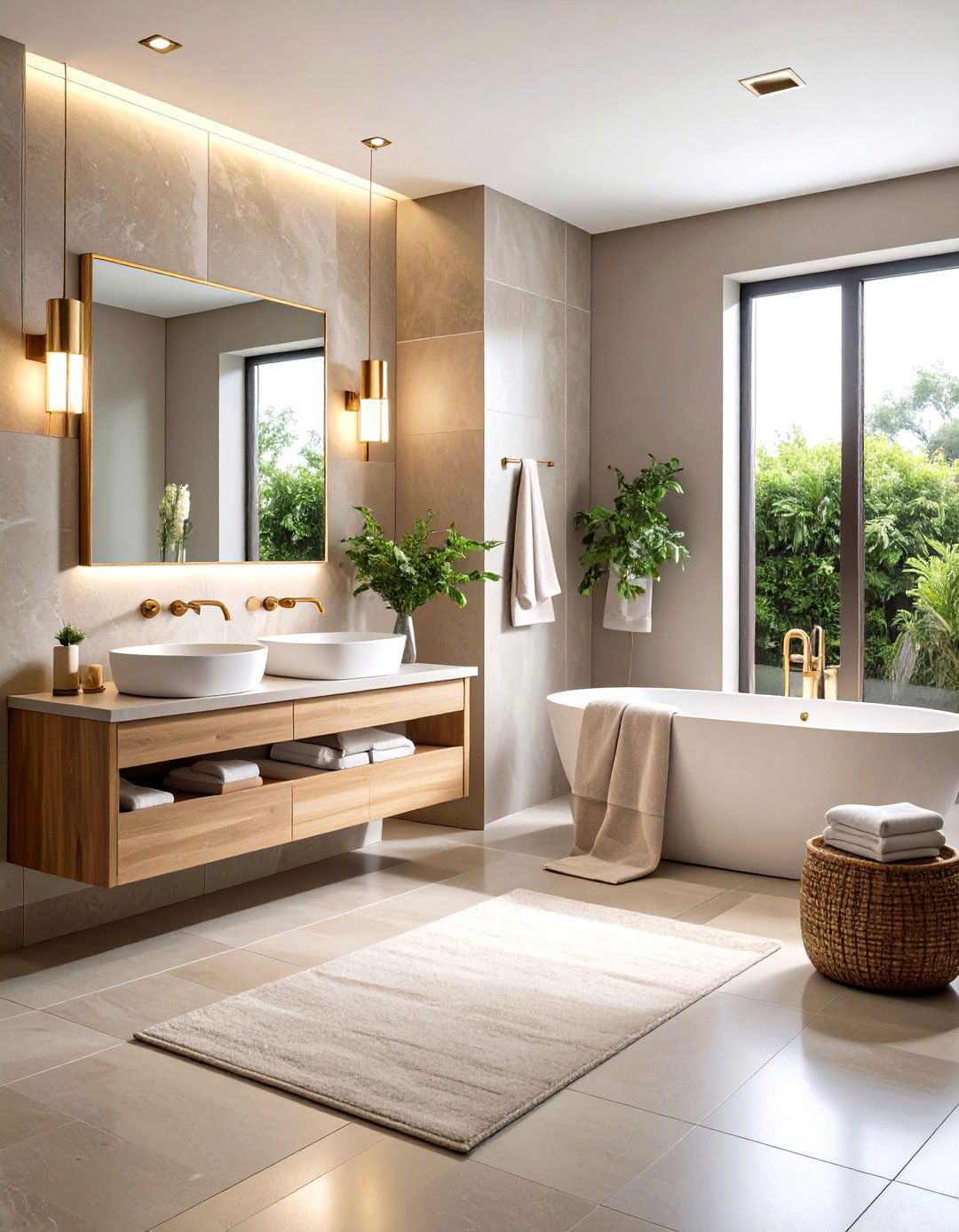
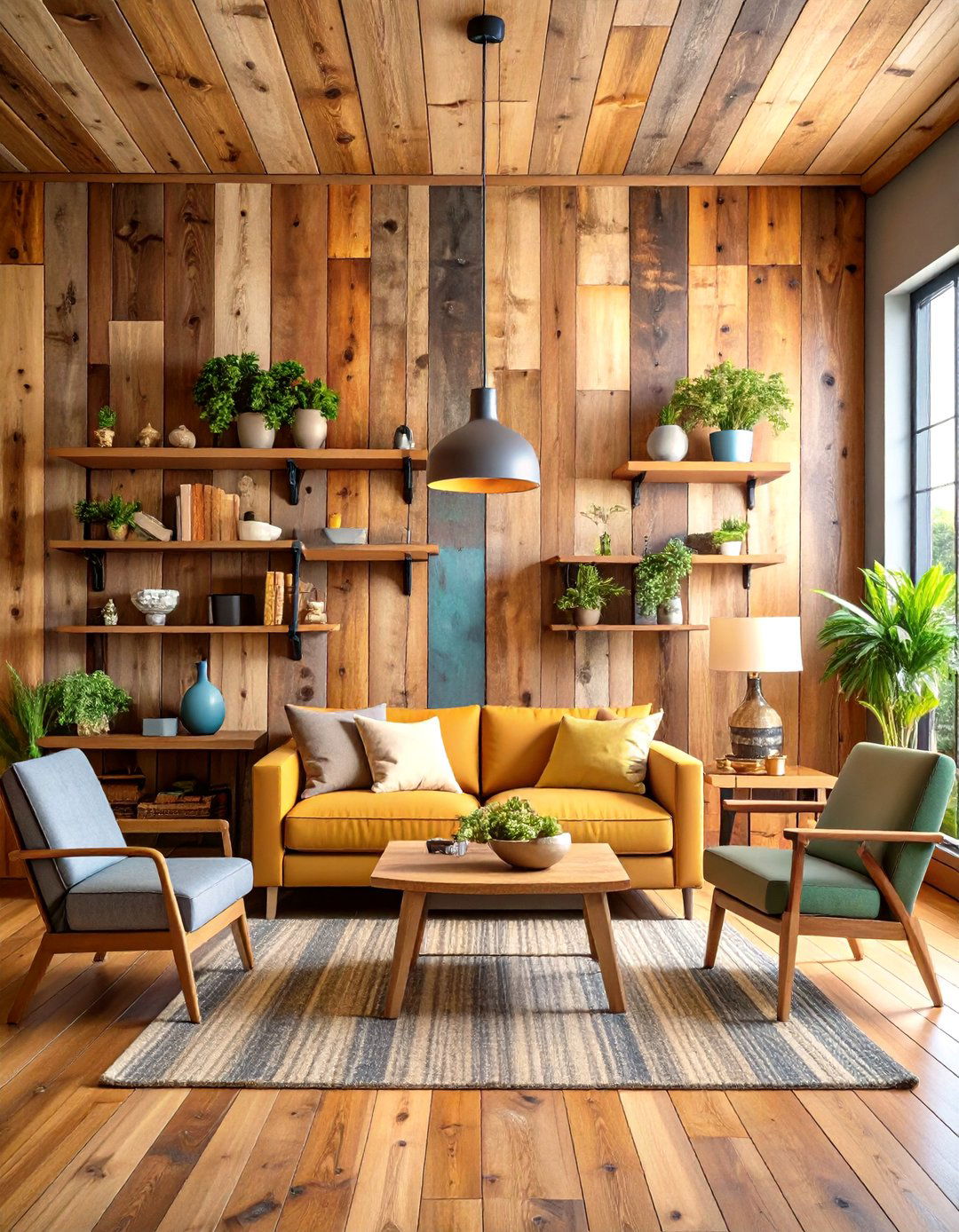
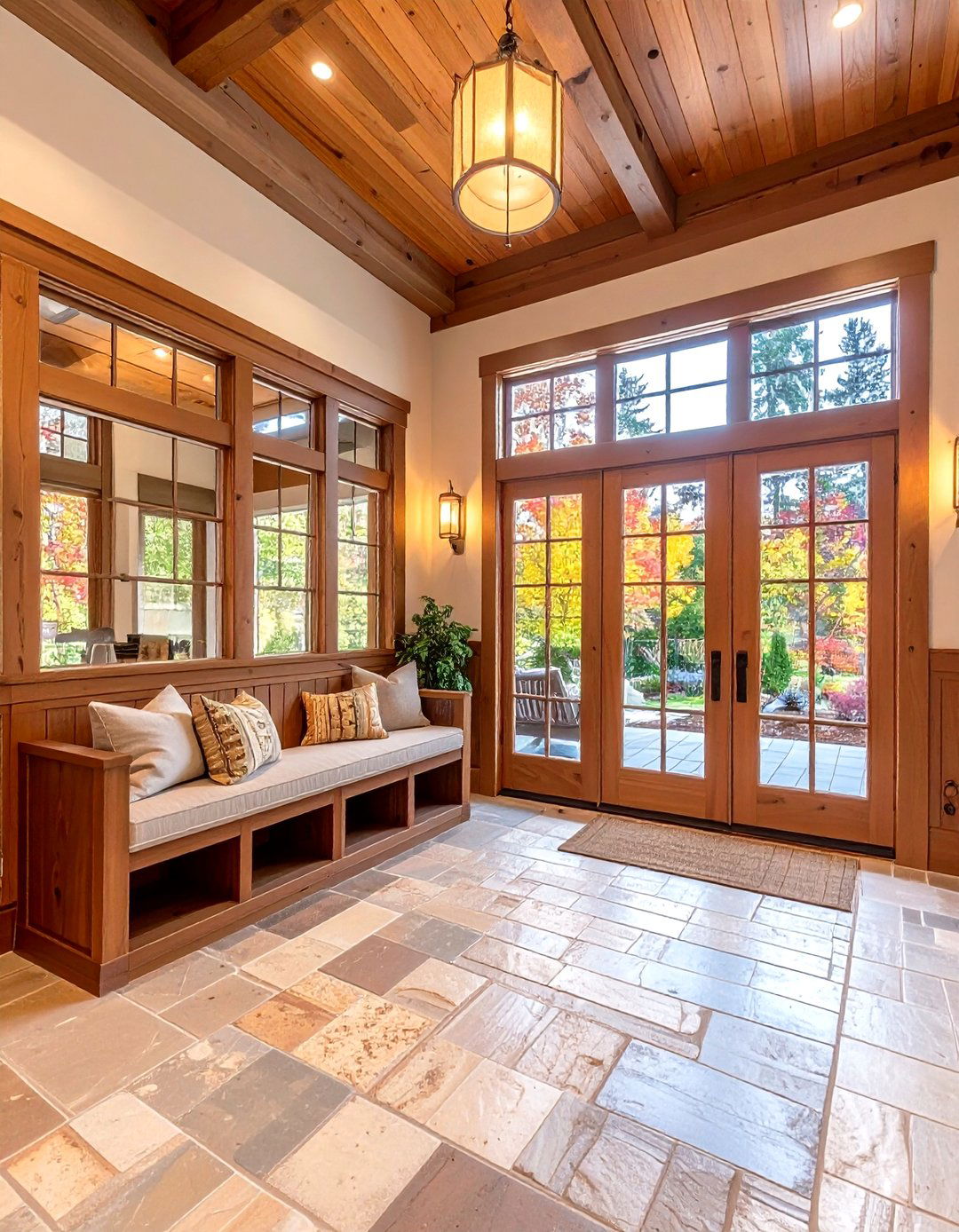
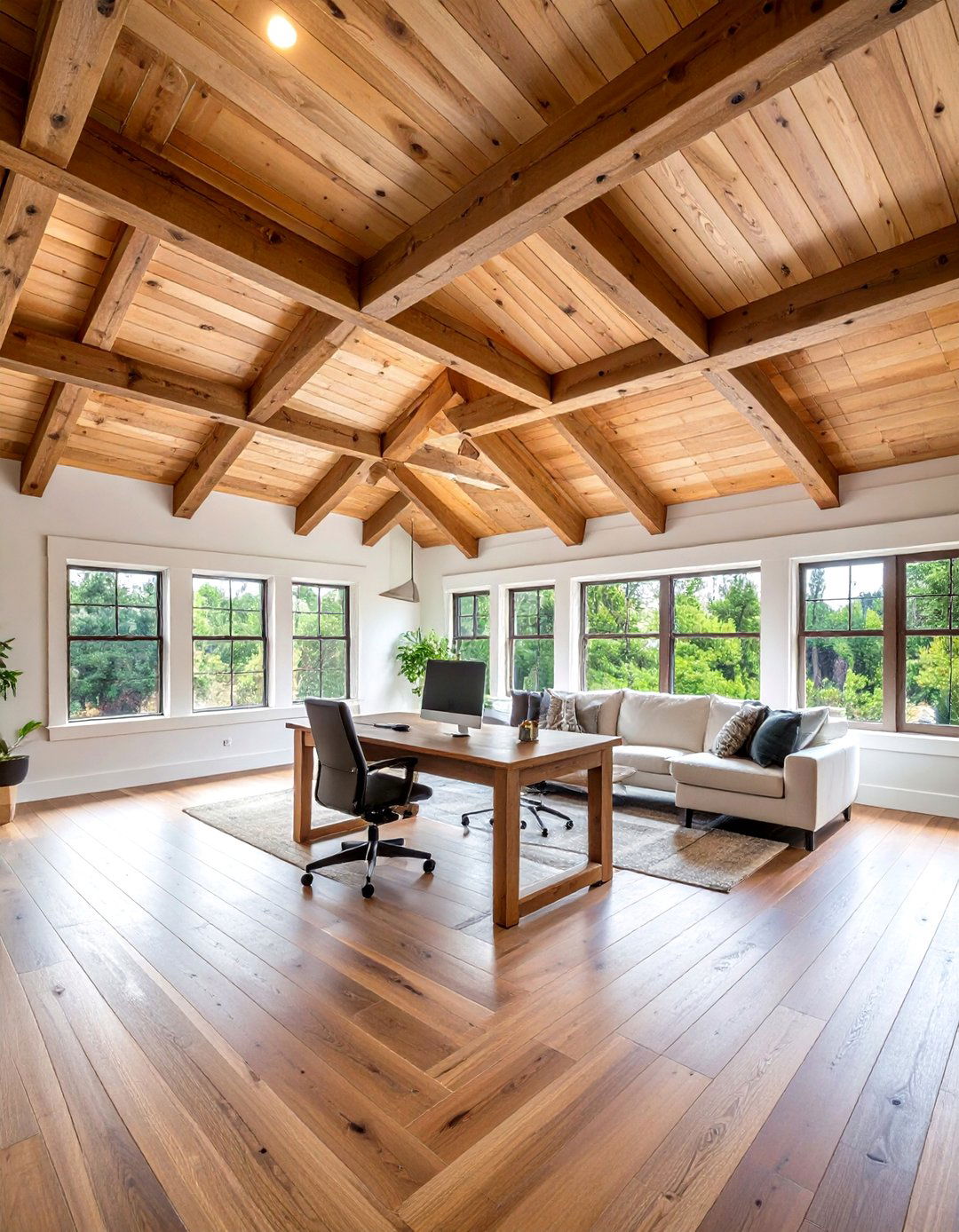
Leave a Reply